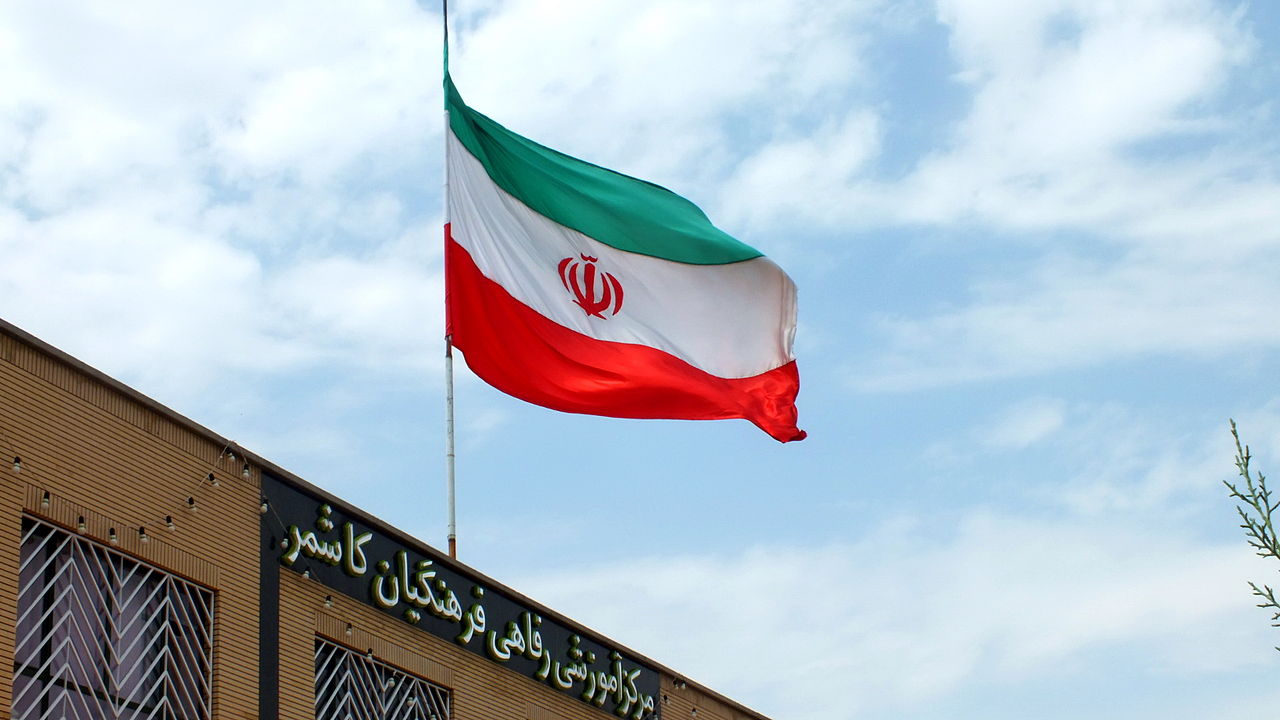While the U.S. government speaks with a unitary voice on policy matters, Iran offers different messages for four distinct audiences—the West, the Islamic world at large, the Shi’ite minority in Islam and to countries in West Africa and Latin America—the author of a new book on Iran’s ambitions said Friday.
Ilan Berman, who wrote Iran’s Deadly Ambition: The Islamic Republic’s Quest for Global Power, said the Iranians adopt a voice of “pragmatic materialism” in discussions with the West, as they did during the recently concluded nuclear agreement talks.
“But Iran is not a status quo power,” he said during a talk at the Heritage Foundation, a Washington, D.C., think-tank. It is a stance Iran has maintained since the 1979 revolution overthrew the shah and established the Islamic Republic. In that regard, the Iranians are similar to the Russians and Chinese; they see themselves pursuing a course of “global activism.”
Berman added, “Iran sees itself as the center of the universe,” especially in the Middle East.
When speaking to the Islamic world, its voice is one of primacy; to Shi’ites it’s one of empowerment; to West Africans and Latin Americans it’s one of revising world order—playing to Third World populism.
Although it did not succeed in its attempt to “co-opt the narrative” of the Arab Spring, “Iran has become a kingmaker in Syria.” It also is spending $6 billion annually “to forestall the inevitable” collapse of Bashir al-Assad’s regime in Damascus.
Later, in answer to questions, Berman said, “The worm is turning” in Syria, with Assad able to control less and less of the country. The Russians have sent 2,000 service members to Syria and are building a new air base to be used against the Islamic State and others fighting the regime.
What will emerge at the end “is very unlikely to be a unitary” state in Syria.
He also did not see the United States and Iran becoming allies in the fight against the Sunni-led Islamic State.
With the influx of more than $100 billion coming to Iran when sanctions are lifted as part of the recent nuclear agreement, Berman said, “it obviates hard choices” on regime spending in an $415 billion gross domestic product economy. He compared it to receiving “many Marshall plans” but in one country not spread over 13.
In addition to rebuilding infrastructure inside its own borders, the Iranians will have more money to use to destabilize other Middle East governments; support favorable regimes such as Venezuela, Ecuador and Bolivia; fulfill its plan to commit 5 percent of its gross domestic product to military modernization of conventional forces; and allow them to shift away from building their own nuclear devices to possibly buying them from cash-strapped North Korea.
The relationship between Pyongyang and Tehran “is robust and ongoing.” The money Iran will receive when sanctions are lifted could expand its trading relationship on military equipment—missiles, nuclear devices, etc.—and in other areas.
In proceeding with its military modernization program, Iran has set off “a scramble for strategic counterweights” in the Sunni Arab states.






